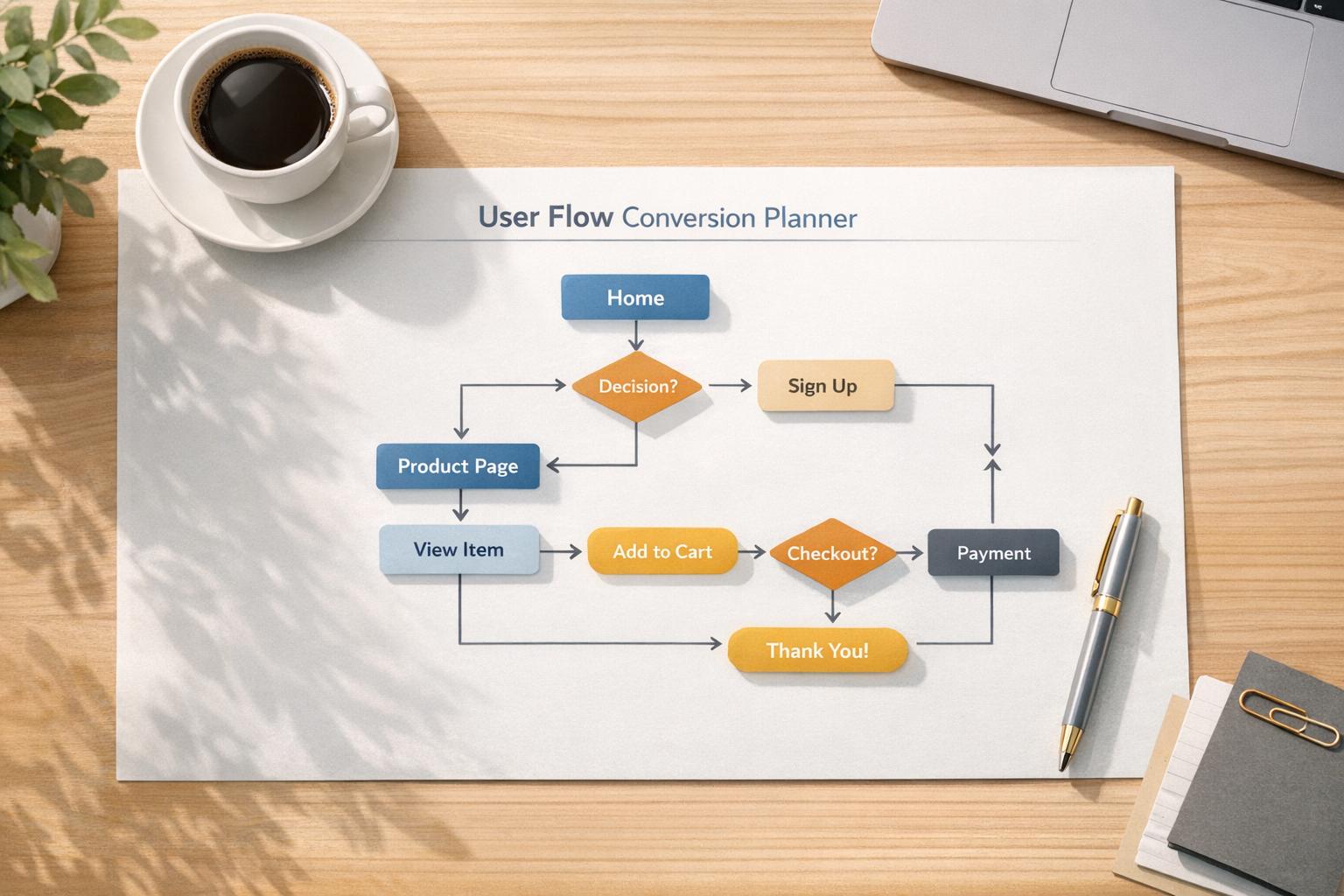

What Is EEAT SEO? How to Build Trust & Rank Higher

What Is EEAT SEO? How to Build Trust & Rank Higher
 06-05-2025 (Last modified: 30-06-2025)
06-05-2025 (Last modified: 30-06-2025)
If you’ve been working on your SEO strategy, all was going well… until something changed – and that something was Google and the May 2025 update which focused on EEAT SEO. So what happened? Well, in Google’s latest update we noticed a large number of website owners complaining that suddenly they had lost of lot of traffic and noticed a high percentage of their web pages no longer indexed. Reading further into this we found that Google had changed it’s focus from ‘keywords’ to EEAT. Let’s take a look at what EEAT SEO means for you and your business…
EEAT stands for Experience, Expertise, Authoritativeness, and Trustworthiness. It’s not a ranking algorithm, but a framework Google uses to evaluate the quality of content, especially in industries where misinformation could have serious consequences (think health, finance, or legal content).
But even if you’re not in a sensitive niche, EEAT SEO can be the difference between low-ranking posts and credible, high-performing content that Google (and users) actually trust.
This article breaks down:
-
What EEAT is and why it matters
-
How each part of the framework works
-
Actionable ways to improve your EEAT signals
-
Real examples of what good EEAT SEO looks like
Let’s find out more…
What Is EEAT SEO?
EEAT SEO refers to optimizing your content and website to align with Google’s emphasis on Experience, Expertise, Authoritativeness, and Trustworthiness.
It comes from Google’s Search Quality Evaluator Guidelines: a document used by human evaluators to assess the quality of search results. While EEAT itself isn’t a direct ranking factor, it informs how Google interprets quality, which does affect your rankings.

So when you hear “EEAT SEO,” think:
-
Is this content helpful?
-
Is it written by someone who knows what they’re talking about?
-
Can we trust this site and its information?
Now let’s break down each piece of the EEAT puzzle.
1. Experience
What it means:
Google wants to know if the person creating the content has real-world experience with the topic.
Why it matters:
If you’re reading a review of a software tool, wouldn’t you want it written by someone who’s actually used it?
How to show it:
-
Use first-hand insights (“I tested this tool over 30 days…”)
-
Include screenshots or photos of actual use
-
Share case studies or personal outcomes
-
Add dates and context to show it’s recent and relevant
Example:
A product review from someone who has actually used the product, rather than just paraphrasing what’s already on the manufacturer’s website.
2. Expertise
What it means:
Are you, or the person writing, qualified to speak on this topic?
Why it matters:
Google gives more weight to content written by subject matter experts, especially for complex topics like health, law, and finance.
How to show it:
-
Add author bios with credentials and experience
-
Include links to contributor profiles (LinkedIn, publications, etc.)
-
Publish bylines for articles (no more anonymous posts!)
-
Cite reputable sources to back up your points
Example:
A blog post about tax strategies written by a certified accountant carries far more weight than one written by a freelance copywriter with no finance background.
3. Authoritativeness
What it means:
Is your site seen as a reliable source by others in your industry?
Why it matters:
Google wants to promote content that is respected and referenced by other credible sources.
How to build it:
-
Get backlinks from trusted sites
-
Publish guest posts or be quoted in industry blogs
-
Create high-quality, shareable content
-
Encourage testimonials and user reviews
-
Be active on relevant platforms (LinkedIn, industry forums, etc.)
Example:
When other authoritative websites link to your content as a reference, you’re building authority in Google’s eyes.

4. Trustworthiness
What it means:
Is your site and content safe, secure, and transparent?
Why it matters:
Without trust, none of the other factors matter. If your site looks shady or lacks transparency, users (and search engines) will back away.
How to boost trust:
-
Use HTTPS (secure your site!)
-
Add clear contact info and about pages
-
Be transparent about who writes your content
-
Include privacy policies and terms of service
-
Show customer reviews and third-party validation
Example:
An ecommerce site with verified reviews, secure checkout, and a visible return policy builds trust fast, versus one that looks like it was built in 2003.
Why EEAT SEO Is a Must-Have in 2025
Search is evolving. Google’s updates are consistently aimed at surfacing quality, trustworthy content. Gone are the days of keyword stuffing and thin affiliate pages.
Whether you’re blogging about wellness, selling courses, or running a SaaS site, EEAT SEO helps you stand out in a sea of generic content.
Here’s what strong EEAT can do:
-
Improve rankings for competitive terms
-
Reduce bounce rates by improving credibility
-
Increase engagement and time on site
-
Build long-term trust with your audience (and Google)
Real-World Tips to Implement EEAT SEO Today
1. Add Detailed Author Bios
Include education, qualifications, and real-life experience. Add profile photos, links to other content, and credentials.
2. Audit Your Content for Experience
Update articles with real examples, stories, or data from actual use, especially for product reviews or tutorials.
3. Clean Up Thin or Outdated Pages
Google’s quality raters can smell stale content a mile away. Delete or update underperforming pages.
4. Get Testimonials and Reviews
Add social proof wherever possible, especially if you’re in ecommerce or YMYL (Your Money Your Life) industries.
5. Build Author Profiles and Contributor Pages
Let Google (and users) know who your experts are. Bonus: this builds internal linking opportunities.

EEAT SEO in Action: Example Comparison
| Low EEAT Content | High EEAT Content |
|---|---|
| No author, no date, no credentials | Clear author bio with expertise |
| Rewritten content from other sites | Original research or experience shared |
| No external links or references | Cites high-quality, relevant sources |
| Anonymous site, no about page | Transparent site with contact info & SSL |
| Keyword-heavy, dull articles | In-depth, structured, useful content |
Final Thoughts
EEAT SEO isn’t just another buzzword, it’s the foundation of sustainable search visibility.
Search engines (and users) are smarter than ever. To stand out, you need more than just good keywords, you need credibility. That means demonstrating real experience, proven expertise, earned authority, and unshakable trust.
Start small. Add bios. Update stale content. Test new pages. Cite your sources.
Do it consistently, and over time, you’ll build a brand that search engines love, and people rely on.
Want to see which changes actually improve trust and performance?
Use PageTest.AI to test headlines, author placement, and content layout to fine-tune your EEAT strategy in real time.
say hello to easy Content Testing
try PageTest.AI tool for free
Start making the most of your websites traffic and optimize your content and CTAs.
Related Posts

 23-12-2025
23-12-2025
 Ian Naylor
Ian Naylor
Landing Page Headline Generator
Struggling with headlines? Use our free Landing Page Headline Generator to create catchy, tailored titles that convert your audience!

 22-12-2025
22-12-2025
 Ian Naylor
Ian Naylor
User Flow Conversion Planner
Map out your website user flow with our free planner tool! Optimize conversions by visualizing drop-off rates and getting actionable tips.

 18-12-2025
18-12-2025
 Ian Naylor
Ian Naylor
Button Text Impact Analyzer
Analyze your button text with our free tool! Get a score and tips to craft compelling calls-to-action that convert for any audience.
